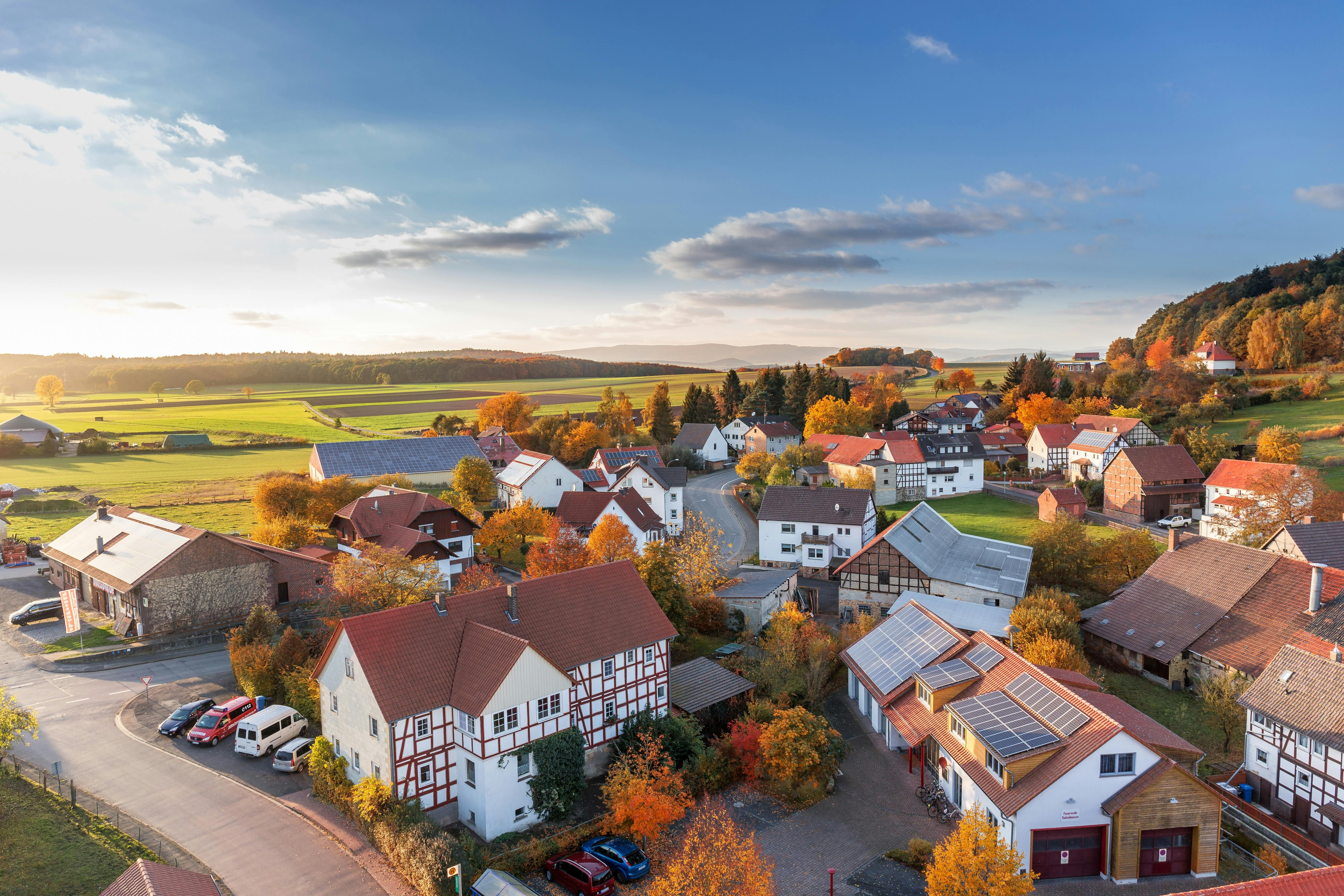Whether natural or man-made, no region is immune to the potential for disaster. Tornado, earthquake, hurricane, winter storm, or terrorist attack are just a few examples of emergencies that might require the need to have an emergency food supply and an emergency water supply on hand. During these emergencies, you may not have access to electricity, gas, food, or water. By planning ahead now and gathering an emergency food supply and an emergency water supply, you will have the food and water your family needs during a crisis.
FEMA and the American Red Cross recommend that a minimum two-week supply of food and water be stored for use in an emergency. I would recommend at least double that amount at a minimum and ideally a one year supply. And yet I understand the recommendation because most people have no emergency food supply or emergency water supply. So where should you start?
First, don’t get overwhelmed. None of us started our food storage programs all at once. It may take some time to build up your emergency food supply. You can start with canned goods, food bars, dried fruits, and dry mixes that do not require refrigeration. Try to store foods that your family normally enjoys eating, as this will boost morale in a stressful time. When preparing food, consider allergies or special diets and the ages of the people you are feeding.
When you begin storing your emergency food supply, set up a rotation based on the expiration dates of the various foods. Keep older foods out front so they can be used before they expire. As you add new supplies, be sure to put them back behind the older supplies so the rotation stays in order. Be careful to use storage containers that are airtight and offer protection against pests.
An alternative to storing canned foods, food bars, dried fruits, and dry mixes that often only last six months to a year and need to be constantly rotated is to purchase an emergency food supply that is freeze-dried. These freeze-dried meals require no refrigeration, are lightweight, and come packaged in resealable bags that are stored in plastic buckets that are built to stack on top of one another for compact food storage. These emergency food supplies have a 20-year shelf life and are available in sizes that will last an adult from a week to a year or more, depending on your needs. Freeze-dried meals offer a wide variety of foods so you don’t tire of eating the same thing at every meal. Normally, all you need to prepare these foods is water. An emergency food supply of freeze-dried meals is my first choice because I don’t have to remember to constantly rotate food in and out of the storage area.
The emergency food storage area should be cool, dry, and preferably dark. Consider the type of disaster that is most likely to occur in your area when choosing a storage area. For example, if tornadoes are frequent in your region, you probably don’t want your emergency food supply to be stored on the top floor of your home if it can be avoided as this is an area that is more likely to be damaged and, hence, loss of your food supply. Likewise, you wouldn’t want it in a damp basement either. In some circumstances, it may be desirable to have more than one storage location so that if one is lost, another can be accessed.
Although we may think and discuss emergency food supplies more often, emergency water may actually be more important. Most of us would survive longer without food than without water. While you can store properly treated water in your own disinfected water storage containers, it is recommended that you replace them every six months. Again my preference would be to buy water. Here are two options. You can buy regular bottled water, which usually lasts for about a year, or you can buy emergency water that is specially packaged to last 5 years and is specifically intended for disaster preparedness. Either way, you’ll want to keep the expiration date in mind, but the emergency water will be packaged to keep it for a longer period of time. Whichever way you choose to supply water, it is important to have at least one gallon per person per day. The average person should drink at least half a gallon of water per day. In some circumstances, you may need to drink more than half a gallon of water per day. If you drink half a gallon, the other half gallon can be used for cooking or hygiene, etc.
You will also need a way to cook during a disaster. I prefer to have a propane stove available for emergency food preparation. Keep in mind that a camp stove should never be used indoors. A simple camp stove is small, easy to use, and fits most kitchen utensils. Don’t forget to have a supply of propane bottles stored with your camping stove.
Preparing an emergency food supply for your family is very important and could have a significant impact on the outcome in the event of a disaster. And while it requires some attention to detail, it doesn’t have to be difficult or overwhelming.




